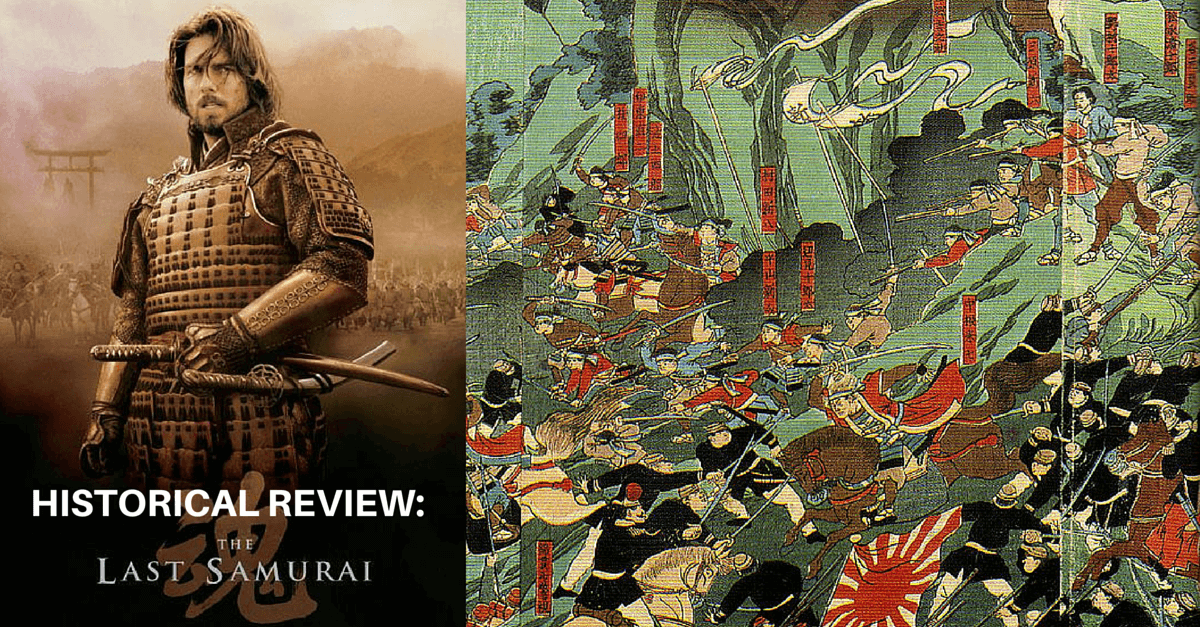The Last Samurai (2003) was a historical epic loosely set during the last great Samurai rebellion of the Meiji Restoration. It is important to note that the movie is not intended to be historically accurate in the sense of portraying an exactly specific time or historical figure. Instead, it compresses and blends together many aspects and characters from the time prior to the Restoration until the end of the Samurai.
There were several rebellions prior to the final Satsuma Rebellion, and aspects from them are blended into the general story. Therefore, the exactness of the characters, timeframe, and battles are not subject to criticism. However, the setting, theme and overall presentation of the period is up for historical review.
The Good
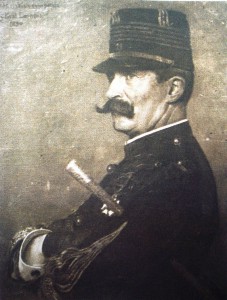
Though the central figure, Captain Algren, is fictional, he is loosely based on French soldier Jules Brunet. Brunet fought in the artillery division and won the French medal Légion d’honneur for his services. Sent to Japan by Napoleon to help modernize their army, Brunet grew fond of his post in Japan.
When the French allied Shogunate was overthrown, leading eventually to the Meiji Restoration, Brunet fought in a series of losing battles in an attempt to restore the Shogunate. Though he is fictional, the main character is grounded in historical precedent.
The timelines in the film are generally accurate. Having Algren as a soldier who was involved in the civil war and wars against the Native Americans may seem like a stretch, but the dates line up to make it plausible though Algren is presented as a being a part of the Great Sioux War in 1876, giving less than a year between that and the Japanese rebellion, close, but possible.
Though plenty of the costumes and scenery are farfetched, most of the look of Meiji Japan was fairly accurate. Scenes of Algren walking through the streets both before and after his stint with the Samurai do a great job in showing the rapid and disjointed modernization.
Men seemed to either choose formal European fashion or traditional Japanese garments. The modernization of the military is also shown quite well. Initially, the conscripted Japanese armies were slightly ineffective. However, they quickly molded into an effective and modern professional army, complete with the most modern weaponry.
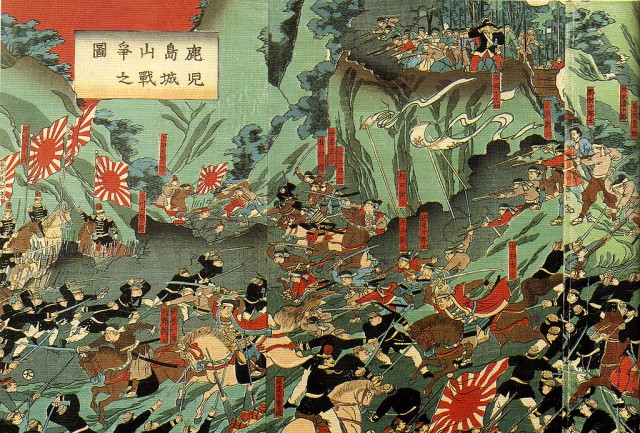
Finally, many little aspects of the film are compiled from true historical events and presented as true as possible. The last charge of the Samurai is fairly accurate considering how fantastical it appears in the film.
In true history the Satsuma Rebellion was finished as the remaining samurai, hopelessly outnumbered and outgunned, decided to charge at the imperial army and were cut down and killed to the last man. Some of the little details such as the outlaw of swords for the samurai class and outlaw of top knots were true to the period.
The Bad
Though it helps with the presentation, very few Japanese people would have known even basic English, though several do in the film. It is minor and they do try to limit the apparent knowledge of English, but more Japanese with subtitles would have been more realistic. Also, the overall American involvement is much larger in the film than in reality. Major European powers provided the overwhelming majority of modernization to Japan.
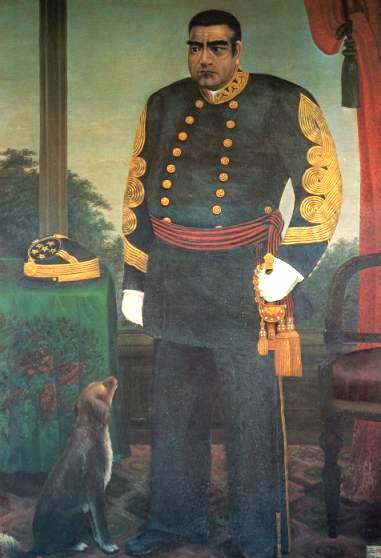
The armor in the movie is quite impressive; it creates an imposing sight that contributes to the routing of the unprepared Imperial army and a later scene between Algren and Taka revolves around putting armor on. In reality the Samurai armor had been abandoned simply because it didn’t stop bullets.
Saigo Takamori, the real life leader Katsumoto is based on, actually wore his Imperial officer’s uniform for many of the engagements of the rebellion. It is easy to see why the director decided to include the armor however, it makes for an impressive sight.
Though the film shows an early decisive victory for Katsumoto’s army, the reality was that nearly all of the rebellions were doomed from the start.
Samurai rebellions often started with a quick organization and surprise attack on a target that was often successful, but once the imperial armies became involved the rebellions were often decisively crushed.
The Ugly
One of the worst omissions of the film is the mixed motivations of the Samurai. The Samurai were indeed a noble warrior class, however they did not always act nobly. Samurai’s occupied a position of power and wealth and the modernization of the Meiji Restoration meant the introduction of an army of conscripts drawn from the poor.
This essentially put the Samurai out of the job and elevated a class that the Samurai historically abused to an almost equal level. For comparison it would be like the peasant class of Medieval Europe very suddenly occupying the role of knights. The Samurai had a code of honor very similar to European Chivalry known as Bushido, but, like the concept of Chivalry, it was rarely followed exactly by the vast majority.
Samurai had a long history of squashing the lower classes and the main motivation of their rebellions was to hold on to their power and wealth. The film shows none of this ugly history, hiding it behind the honor of the Samurai.
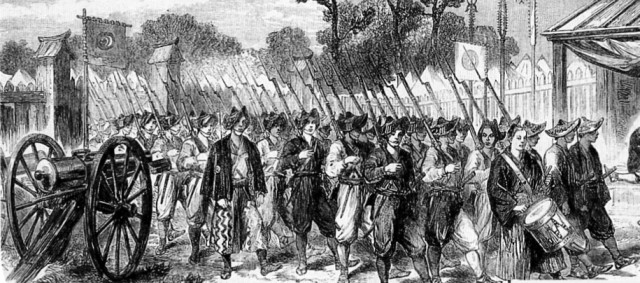
Lastly, the depiction of Samurai putting up any kind of fight with medieval weapons is quite absurd. Along with the fact that the Samurai did not wear their traditional armor, they also did not restrict themselves to traditional weapons.
In fact one of the early actions of the Satsuma Rebellion was the attack of a weapons stockpile and almost all of the Samurai would have had some sort of firearm, though it is quite likely that swords and spears were still in use as backup weapons.
Though the inclusion of Ninjas was an exciting moment in the film, it was quite unrealistic. Ninja’s had fallen out of use centuries before and would not have been present in any sense. Though the hand claws and throwing stars were true the average Ninja’s arsenal.
Overall The Last Samurai has to be viewed with the understanding that it is a compilation of several events and figures of Japanese history and that it was made for American audiences. The average viewer has seen Samurai armor and likely would have been disappointed if it was not seen in the movie.
As far as the code of Bushido, Saigo Takamori, who was the basis for Katsumoto, was known to be one of the most dedicated practitioners. The movie’s blending of history was intentional and keeps some aspects of the story from being completely unrealistic.
By William McLaughlin for War History Online
